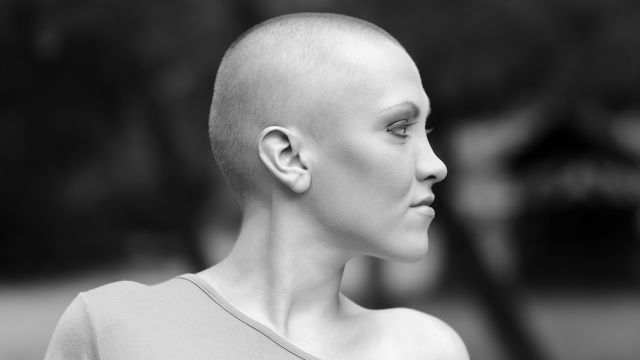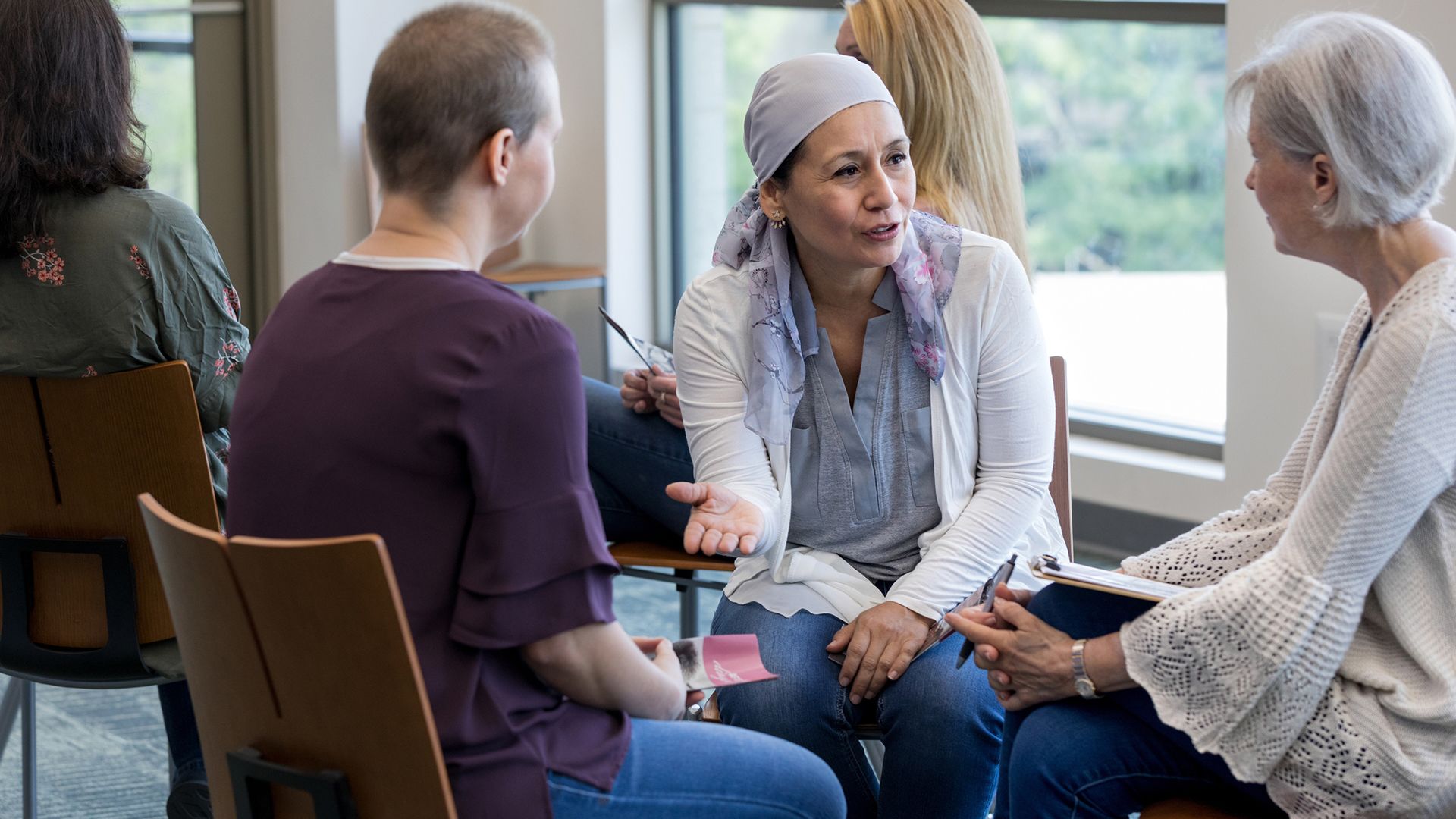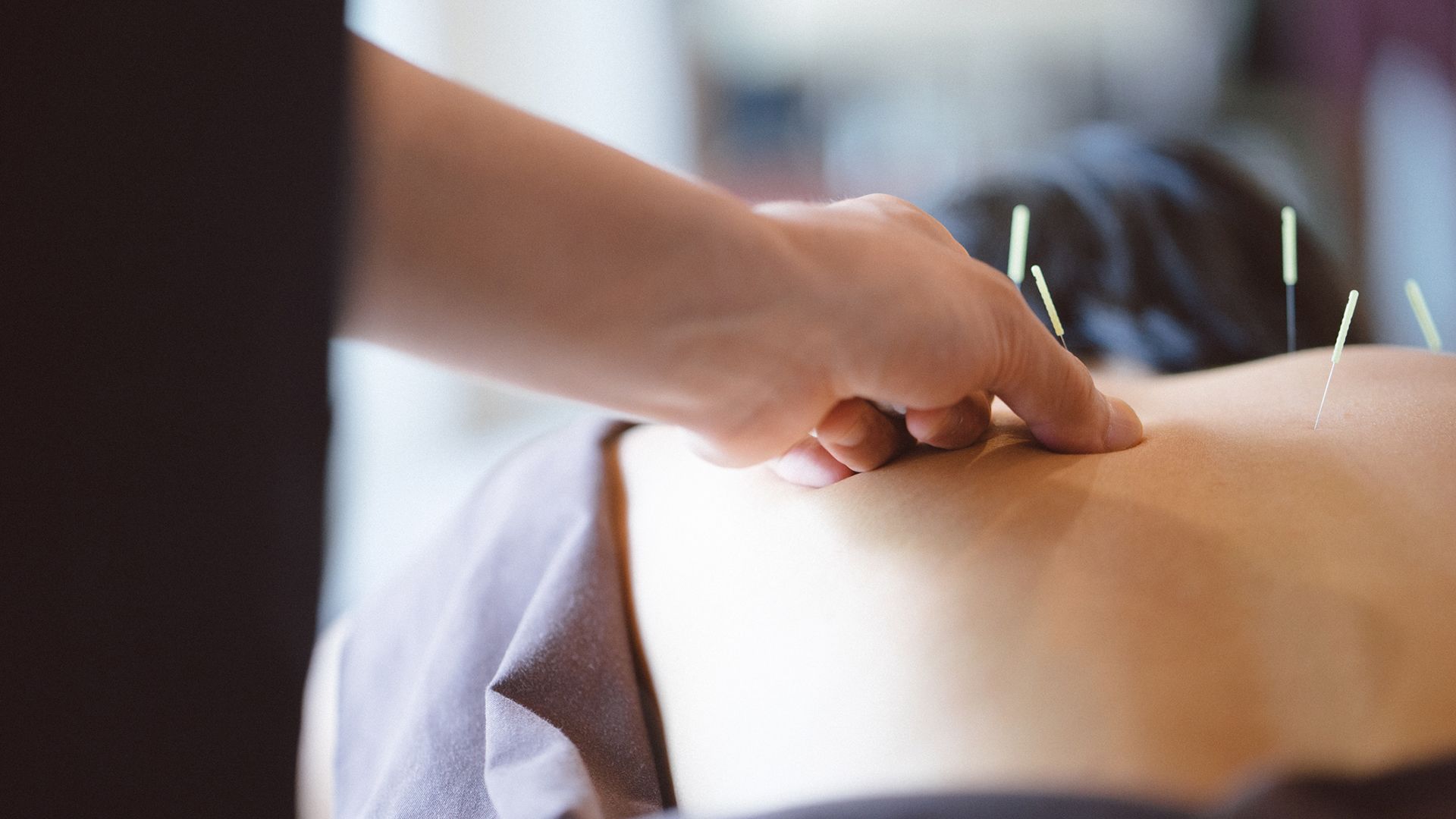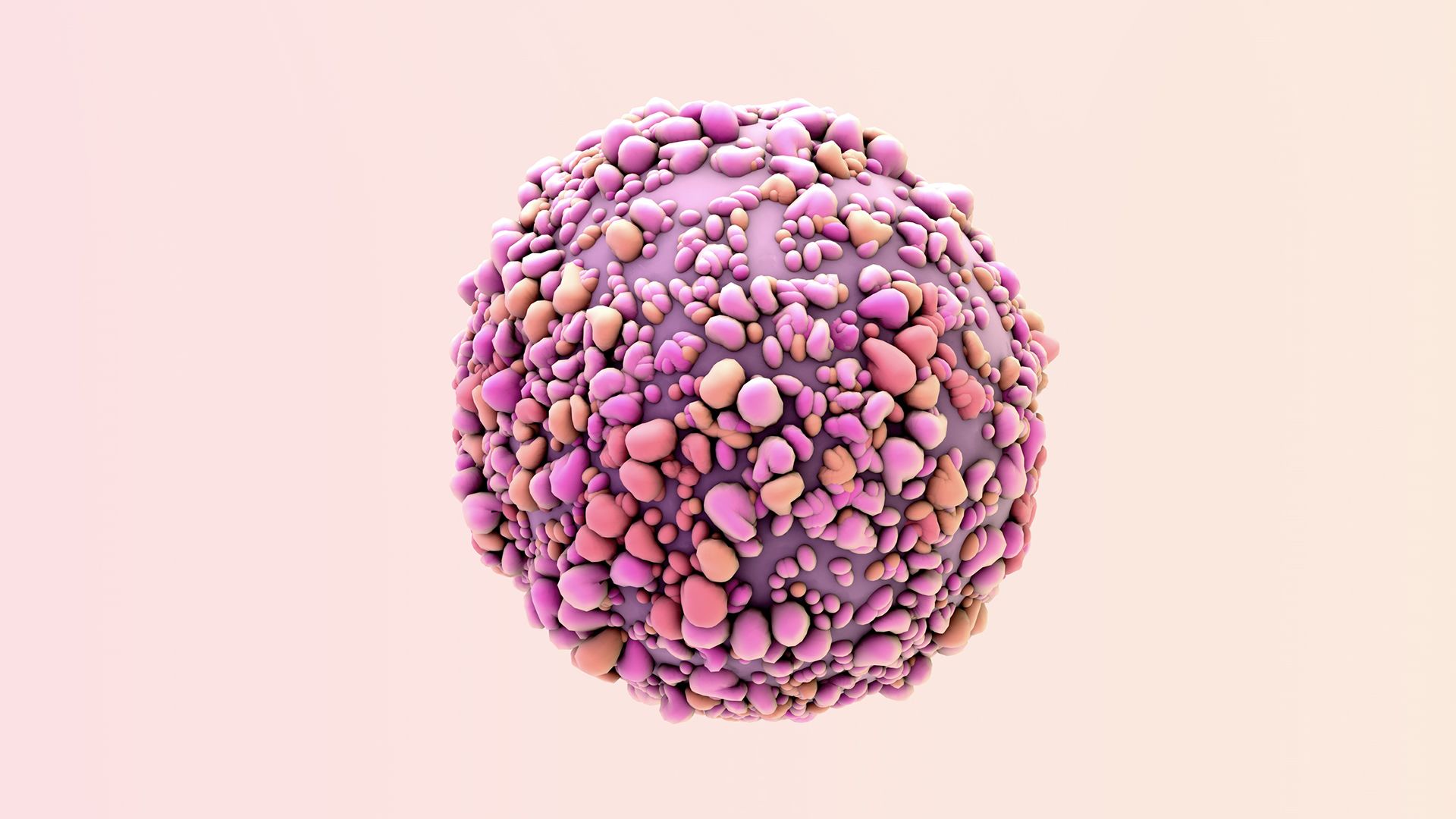Updated on April 25, 2023
Metastatic breast cancer (MBC) is cancer that begins in the breast(s) and spreads to other locations in the body, such as the bones, liver, lungs, or brain. The vast majority of people with MBC are women, and the disease is rare among men, though it does happen.
While there is no cure for MBC, there are numerous treatments that can help people with MBC live longer and maintain a better quality of life. Because MBC involves cancer cells that are present in multiple areas in the body, the most common treatments used are systemic treatments, such as chemotherapy, hormonal therapy, and biologic therapy. Systemic treatments work to kill cancer cells or slow the growth of cancer throughout the body. Surgery and radiation therapy, which treat cancer at specific locations, are also used in some cases.
The treatments used for metastatic breast cancer can be very hard on the body and often affect a person’s appearance. While it may seem that beauty should be low on the list of priorities when living with and treating a disease like MBC, it should not be overlooked. Like other serious illnesses, MBC can take a severe emotional toll, and feeling good about how you look can help lift your spirits and boost your self-confidence.
Remember that it is important to inform your healthcare provider about any side effects and symptoms you experience, including those that affect your skin. With that in mind, here are smart tips on maintaining healthy skin, hair, and nails for patients living with MBC.
Skin
Treatments like chemotherapy, targeted therapy, and radiation therapy can cause a number of skin symptoms, including dry skin, itching, changes in pigmentation, rashes, and getting sunburned more easily. Some treatments can also lead skin to become more sensitive. People may develop reactions to certain beauty products, even if they don’t have a pre-existing allergy. It is important to keep skin moisturized, protect skin from the sun, and avoid anything that can irritate the skin. If you have a known allergy to certain items, be especially cautious.
Some tips for taking care of skin include:
- Stay hydrated by drinking plenty of water.
- Wear sunscreen and a hat if you’re going to be exposed to the sun.
- Keep baths and showers to lukewarm or cool temperatures; hot water can exacerbate dry and itchy skin.
- Moisturize the skin using an emollient cream. It is especially important to moisturize right after bathing.
- Avoid products that contain fragrances, alcohol, dyes, and acids, since these can irritate the skin. Bypass products containing parabens and phthalates, as well. Baby products are typically very gentle and may be a good option.
Hair
Hair loss is a common side effect of chemotherapy, which works in part by targeting and damaging cells that grow quickly (since cancer cells grow at a faster rate than normal cells). Unfortunately, chemotherapy drugs also damage healthy cells that grow quickly, such as hair follicles. This damage can causes hair to fall out, including hair on the top of the head, as well as the eyebrows, eyelashes, pubic hair, and the hair on the legs. Hair will typically begin to grow back one or two months after chemotherapy has concluded. Try these tips for coping with hair loss:
- Beauty experts recommend cutting hair short before treatment begins so that hair loss will not be as dramatic. Many also recommend shopping for a wig while you still have your hair.
- If you do lose your hair, remember to apply moisturizer and sunscreen to your scalp.
- If you lose your eyelashes and eyebrows, skip the false eyelashes since they may irritate your eyes. Instead, use deep-colored eyeliner around the base of the entire eye and draw on eyebrows with a color as close to your natural hair color as possible.
- Some patients have had success in preventing hair loss by using cooling caps. Cooling caps are specially designed caps that fit over the head to cool the scalp during chemotherapy treatment. While research is still inconclusive as to how effective cold caps are, it may be worth discussing with your healthcare provider.
Nails
Chemotherapy drugs can cause changes to the nails on the fingers and toes. Nails can become dry, brittle, loosened and separate from the nail bed, or turn black or discolored. As with hair loss and changes to the skin, this is the result of chemotherapy drugs damaging healthy cells as well as cancerous cells, and nails will begin to return to normal after chemotherapy. Try these tips for taking care of nails:
- Keep nails trimmed short, which may make nail problems less noticeable and can make nails easier to care for.
- Dark-colored nail polish can be used to cover up imperfections and changes in nail color, and also protect the nails.
- Remove nail polish with acetone-free removers that are also free of ethyl acetate and other harsh solvents. These products are less likely to irritate the nails and skin around the nails.
- Wear gloves to protect your hands when washing the dishes, cleaning your home, or doing chores outside, such as gardening.
- Always use clean tools when caring for nails, to reduce the risk of infection.
- Skip manicures, pedicures, and artificial nails until after treatment is over, to avoid damage to the nails and also reduce the risk of infection.
People living with MBC may also want to look up Look Good, Feel Better program, which offers workshops on hair and beauty for cancer patients, with instruction by with volunteer stylists and beauty professionals.




